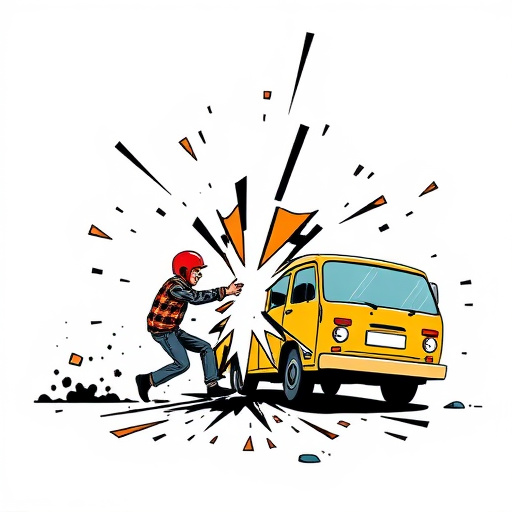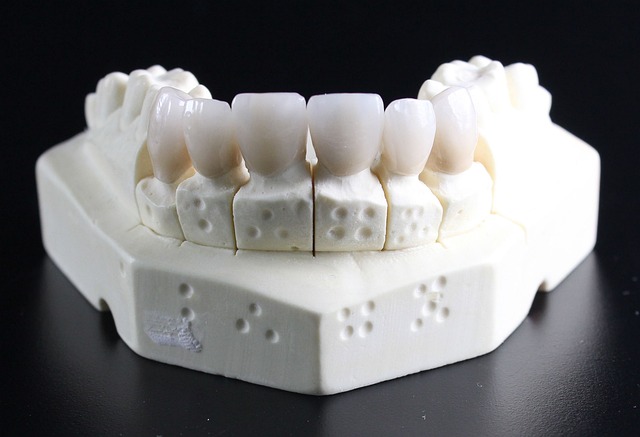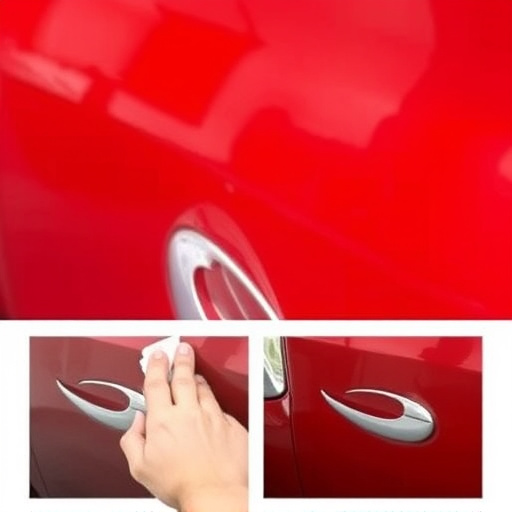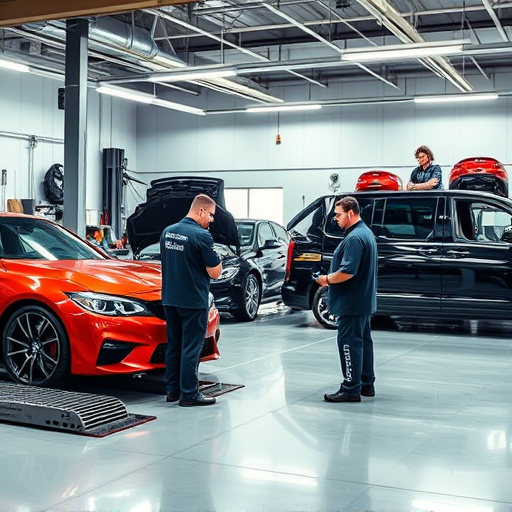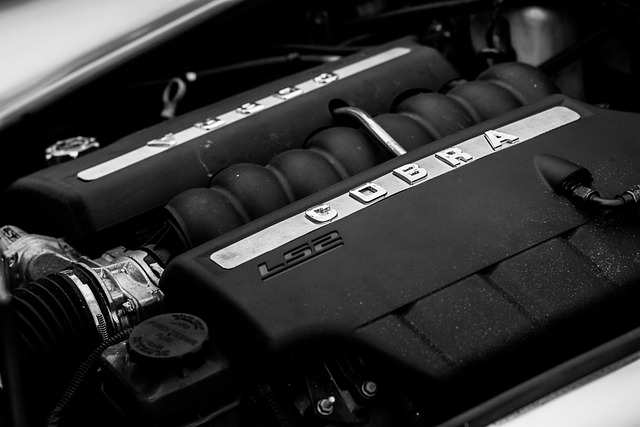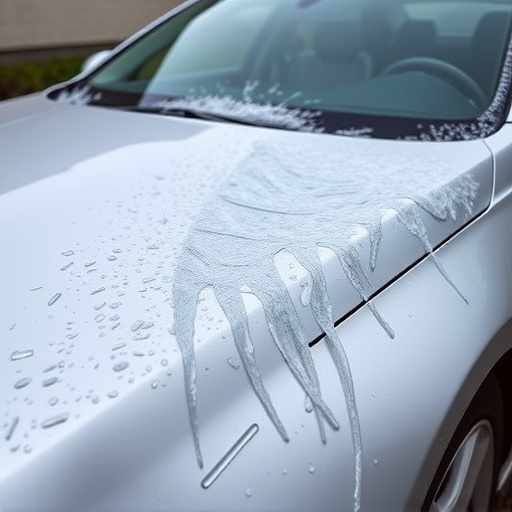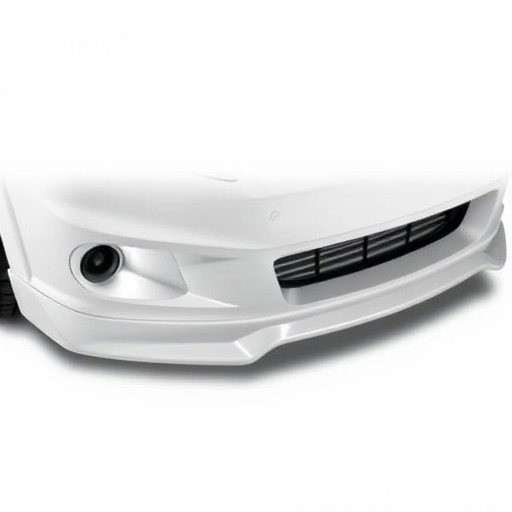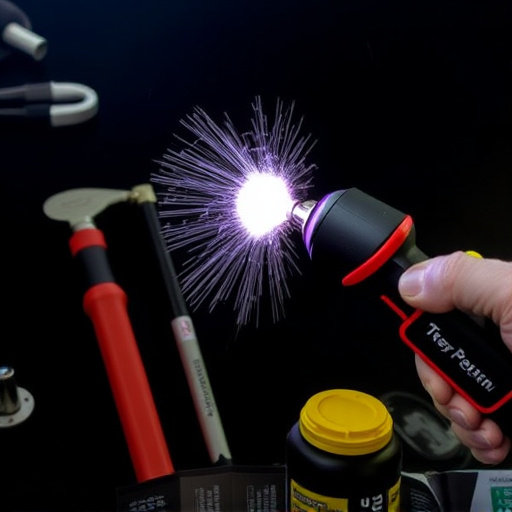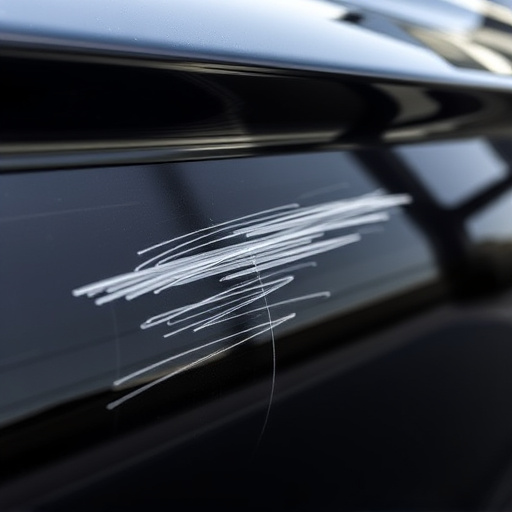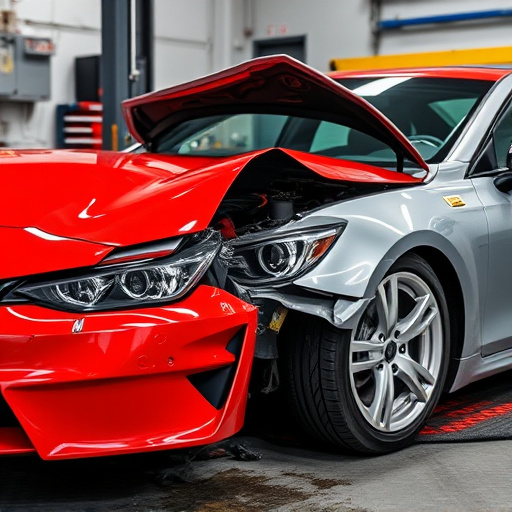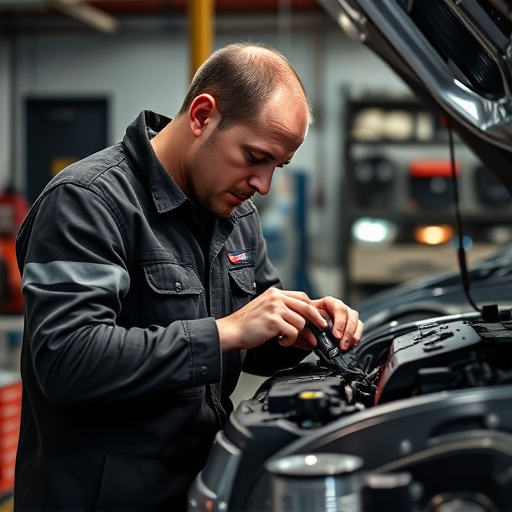The auto collision repair sector is embracing sustainability with green technologies, including eco-friendly materials, water recycling, and energy-efficient practices. Luxury centers lead this trend, adopting advanced recycling systems to minimize waste and reduce environmental impact, positioning themselves as stewards of the environment within an industry traditionally focused on emissions and waste.
In the realm of auto collision repair, environmental practices are no longer an optional consideration but a necessary evolution. As the industry navigates the challenges of modern times, embracing green technologies, sustainable materials, and efficient practices has become paramount. Auto collision repair shops are now equipped with innovative solutions to reduce waste, minimize emissions, and contribute to a cleaner, more sustainable future. This article explores these revolutionary changes, shedding light on how auto shops can merge quality repairs with an environmental conscience.
- Green Technologies in Auto Shops: A Revolution
- Sustainable Materials: Repairs with Environmental Conscience
- Efficient Practices: Reducing Waste and Emissions
Green Technologies in Auto Shops: A Revolution

The automotive industry is undergoing a quiet revolution as green technologies increasingly shape auto collision repair shops. These cutting-edge solutions are not only environmentally friendly but also enhance operational efficiency in auto collision repair shops. From energy-efficient lighting systems to water recycling programs, these practices significantly reduce the ecological footprint of what was once considered an inherently dirty industry.
Luxury vehicle repairs, traditionally known for their extensive use of resources, are now embracing sustainable practices. Automotive collision repair centers are investing in eco-friendly materials, low-VOC (Volatile Organic Compound) paints, and advanced recycling systems to handle a wide array of automotive parts. This evolution not only attracts environmentally conscious customers but also fosters a culture of sustainability within the industry, marking a significant shift from conventional auto collision center operations.
Sustainable Materials: Repairs with Environmental Conscience
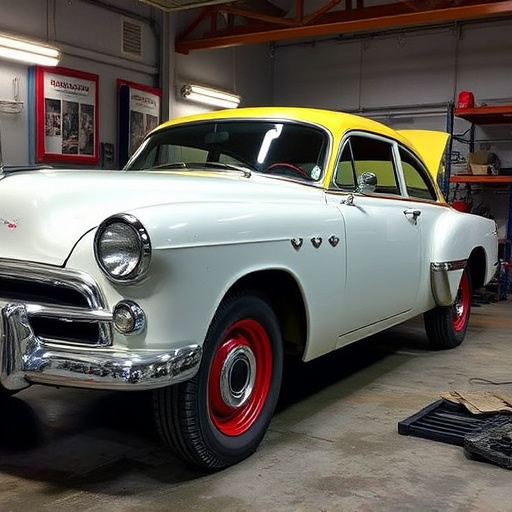
In the realm of auto collision repair, a growing trend among shops is to adopt sustainable and environmentally friendly practices. This shift isn’t just about aesthetics; it’s a conscious effort to reduce the ecological footprint associated with automotive body work. One key aspect of this green initiative is the use of sustainable materials in vehicle paint repair and automotive body work. Many collision centers are now opting for eco-friendly paints and finishes that contain lower levels of volatile organic compounds (VOCs), contributing to better air quality both within the shop and in surrounding communities.
By choosing recycled or biodegradable materials whenever possible, auto collision repair shops can minimize waste generation. This practice extends beyond vehicle paint repair to include the use of reclaimed parts and components where feasible. Such efforts not only promote a circular economy but also ensure that the process of repairing and restoring vehicles aligns with environmental stewardship, making these collision centers leaders in sustainable practices within their industry.
Efficient Practices: Reducing Waste and Emissions
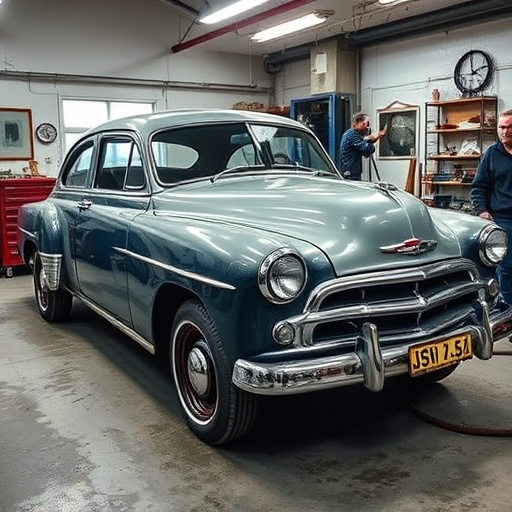
In the realm of auto collision repair shops, efficient practices have become a cornerstone for environmentally conscious businesses. One of the primary focuses is reducing waste and emissions, which not only benefits the planet but also contributes to a greener and more sustainable future. By implementing strategic measures, these shops can significantly minimize their ecological footprint. For instance, adopting advanced recycling techniques allows them to reuse materials, diverting valuable resources from landfills and reducing the need for new raw inputs.
Furthermore, collision repair shops can embrace eco-friendly technologies to cut down on emissions. Modern equipment designed for car bodywork services often boasts enhanced efficiency, ensuring that processes like painting and sanding generate fewer harmful byproducts. Additionally, prioritizing clean energy sources and implementing energy-saving practices in daily operations further solidifies these establishments’ commitment to environmental stewardship, making them a beacon of responsible car restoration amidst the industry’s traditional challenges.
Auto collision repair shops are no longer just focused on fixing vehicles; they are embracing green technologies, sustainable materials, and efficient practices as a way to minimize their environmental impact. By adopting these eco-friendly strategies, auto collision repair shops not only contribute to a cleaner planet but also set a new standard for the industry. As consumers become more environmentally conscious, these forward-thinking repairs will become the norm, paving the way for a greener future in auto collision repair.
